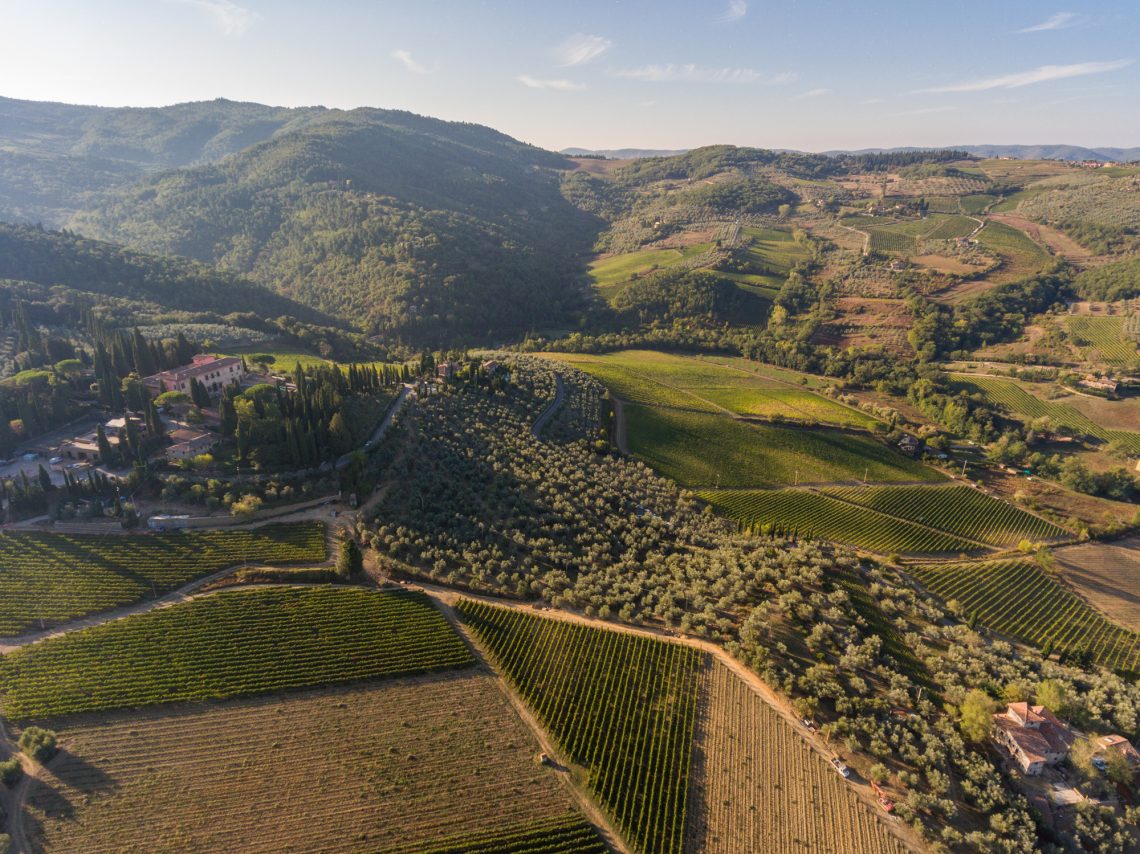There was a time when Guelphs and Ghibellines fought over Tuscany.
There was a time when some families sought refuge just outside Florence to escape the devastating fights between the two factions. Among these, the Gherardini family who, expelled from Florence in 1280, found their Buen retiro in the castle of Montagliari. The Gherardinis wrote a part of the history of Florence, participating, among other things, actively in the struggle, organizing violent assaults to prevent the transport of food to Florence. It was for this reason that, in 1302, the city of Florence, tired of the continuous sabotage, razed the Gherardini Castle to the ground, and the family was forced to move to the opposite side of the valley, to Vignamaggio.
For the full article click here.








